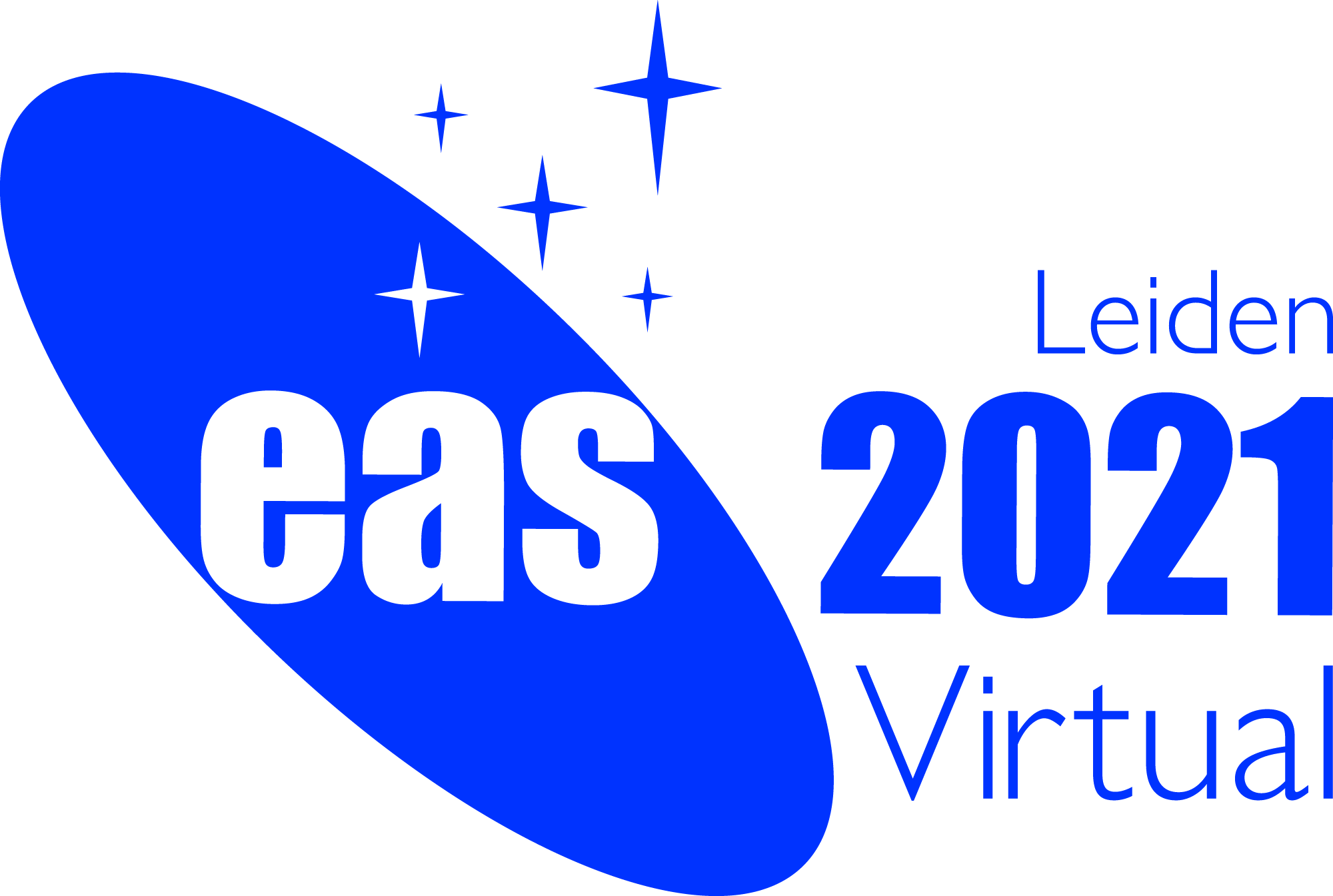Special Session SS26
2 July 2021
Towards a Complete Census of Star-Formation in the Early Universe

Aims and scope
Great progress has been made over the past two decades to identify star-forming galaxies at z>3, where the cosmic star-formation rate density (SFRD) rapidly increases. However, our current knowledge of this early epoch is heavily biased toward unobscured galaxies, which can be readily detected in rest-frame UV observations such as the well-known Lyman Break galaxy (LBG) population. While heavily dust-obscured galaxies dominate the SFRD at its peak at z~2-3, their contribution at earlier cosmic times thus remains an unsolved question.
A tail of extreme dusty star-forming galaxies (DSFGs) have been confirmed at z>4, but they only represent the tip of the iceberg. There is now growing evidence for the existence of a population of significantly obscured galaxies at z>~3 that are less extreme than the traditional sub-millimeter galaxies. Such sources have been identified through a variety of new surveys and selection methods including ultra-deep mm surveys (e.g. with SCUBA or ALMA) or deep rest-frame optical imaging with Spitzer/IRAC, among others. These observations clearly indicate that our current census of the cosmic SFRD is still incomplete. The most pressing question now is: what fraction of the galaxy population are we still missing in the first ~2 Gyr of cosmic history? And what is the path toward a complete census of star-forming galaxies in the future?
Given the recent progress in identifying less extreme DSFGs at high redshift based on panchromatic observations, it is now time to gather experts from various backgrounds including multi-wavelength observations and simulations to address these questions. In particular, we will tackle the following issues:
- How can we best estimate SFRs of high redshift galaxies from panchromatic observations and what are the associated uncertainties? Do the characteristic time scales of different SFR tracers become important at high redshift?
- What are our current best estimates of the total SFRD beyond the peak at z>3, and what is the contribution of dust-obscured galaxies compared to the abundant UV-selected population? What do models predict and how can observations help break degeneracies?
- The fraction of obscured star-formation is strongly mass dependent. Hence, if we are missing heavily obscured systems, we are likely missing a critical piece of the formation path of massive galaxies in the early Universe. How does this impact our models and understanding of galaxy evolution?
- What are the future perspectives for a more complete census of early galaxies, both with existing and with upcoming or planned facilities, including JWST, SKA?
Programme
The program will be split in 3 sessions:
- How to Estimate Accurate Star-Formation Rates at High Redshifts
- Obscured Star-Formation in the Early Universe: Observations and Simulations
- Implications for Massive Galaxy Formation and Metal Enrichment at z>3
Invited speakers
- Emanuele Daddi (CEA Saclay; France)
- Carlotta Gruppioni (INAF Bologna; Italy)
- Raffaella Schneider (Sapienza, Universita' di Roma; Italy)
- Michal Michalowski (Adam Mickiewicz University; Poland)
Scientific organisers
- Laia Barrufet (Geneva, Switzerland)
- Matthieu Bethermin (LAM, France)
- Laure Ciesla (LAM, France)
- Roberto Decarli (Bologna, Italy)
- Kirsten Knudsen (Chalmers, Sweden)
- Georgios Magdis (DTU + NBI/DAWN, Denmark)
- Pascal Oesch (Geneva, Switzerland & NBI/DAWN, Denmark)
- Mark Sargent (Sussex, UK)
- Renske Smit (LJMU, UK)
Contact
highzsfrcensus.eas21 @ gmail.com
Updated on Fri Jan 22 13:48:57 CET 2021
|

 A power cut will shut down all EAS services on Tuesday, 10 January 2017 starting at 7:30 CET.
A power cut will shut down all EAS services on Tuesday, 10 January 2017 starting at 7:30 CET.


